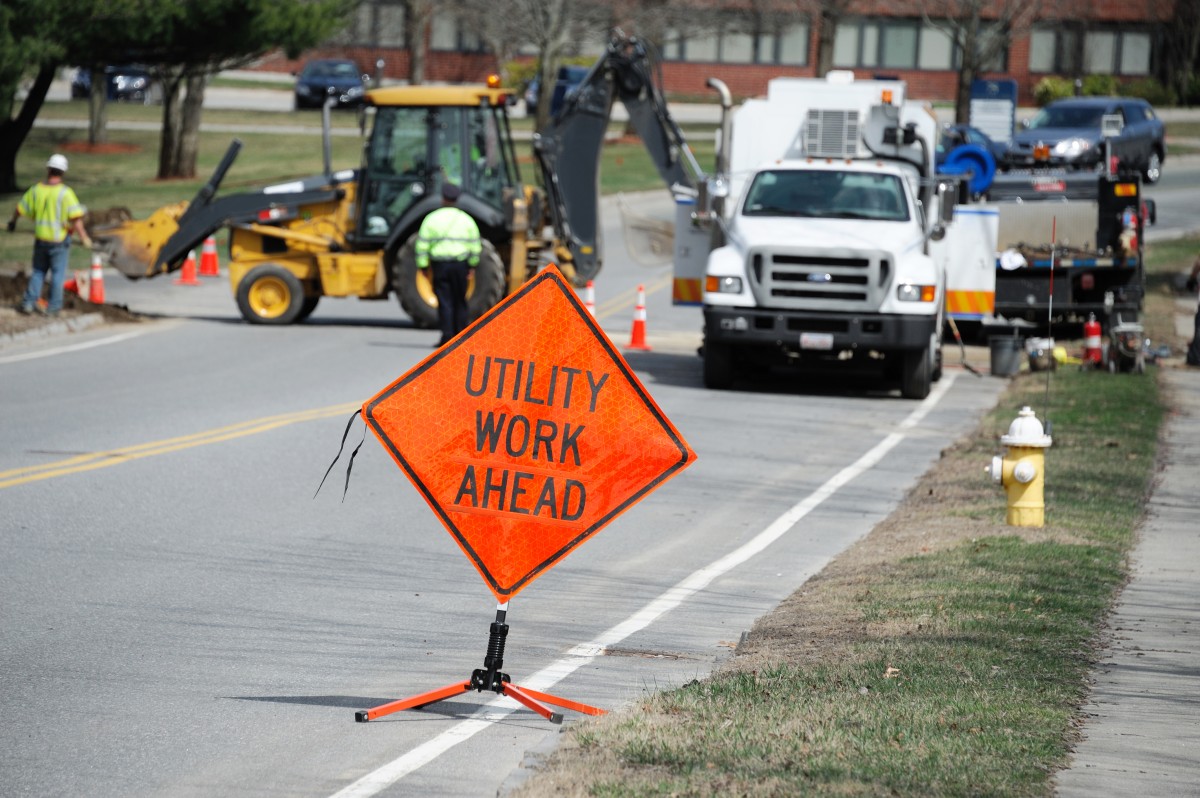What to Expect with a Ductless Air Conditioner
For many homeowners who don’t want the added cost and cooling power needed to control the temperatures in their entire square footage, a ductless AC system can be a wise investment. In fact, that’s not the only scenario in which a ductless system, also known as a mini-split AC, can make sense. For small outbuildings that don’t have existing ductwork, you can still maintain cool interior temperatures with the help of an efficient, minimally invasive ductless system. Even in larger homes, there are situations in which whole-house air-conditioning in Pittsburgh, PA, is wasteful, making a mini-split the wise choice for cooling select, often used living spaces.
Despite the usefulness of ductless AC systems, many homeowners aren’t aware of how they work or the various benefits they offer. For example, how is a ductless system different from a standard central HVAC system, other than the obvious lack of ducts? Keep reading below to learn everything you need to know about ductless air-conditioning systems.
What Is a Ductless AC?
Obviously, the key point of differentiation between standard central AC and a ductless system is the lack of ducts. Ducts are the insulated airways—often concealed in the attic or below the floors—that transport the conditioned air from the central air handling unit to every room in the house. A ductless system instead features small air handling units in each room that requires conditioned air. Each of those inside air handling units is connected to an outside unit.
How Does Ductless AC Work?
Ducts are critical to a central AC system, so how can a ductless system accomplish its cooling goals without ducts? A standard central AC system is also considered a split system; it features an outdoor unit containing a compressor and condenser combined with an indoor air-handling unit that distributes air throughout the house through the ducts. A mini-split system also has a central outside unit. However, instead of a single air handler inside being connected to the rooms by a system of ducts, a ductless system features a separate small air handler in each room in the house that’s connected to the outdoor unit by refrigerant lines and plumbing. Air in each room is taken in through the small air handlers and transported to the outside condenser where it can be cooled. It is sent back to the air handler in the rooms and ejected into the interior air to lower the ambient temperature.
What Are the Benefits of Ductless ACs?
Ductless ACs offer homeowners and business owners many obvious advantages that make them an attractive choice in many situations. First off, installing a mini-split system doesn’t require existing ductwork so that it can be installed more flexibly and in almost any room in the home. Also, the installation of ductless systems is minimally invasive since it only involves cutting small holes in walls for the air handler units. Because of the less extensive labor required to install ductless systems, the price for installation is subsequently lower. Ductless AC systems can offer maximum efficiency, especially in smaller homes. That’s because instead of having one central thermostat that controls the temperature for the entire home, each air handler has its own thermostat. Therefore, you don’t have to waste energy cooling rooms that you’re not using, and you can fine-tune temperatures in the rooms you’re using. Ductless systems result in better indoor air quality too. Ducts are a tremendous source of indoor air pollution, and eliminating them from the equation makes keeping your air clean and healthy much easier. Finally, the cost of a ductless system and installation is significantly lower than the cost to install a central heating and air system, making it a cost-effective choice.
If you want an efficient, affordable, and flexible AC system that doesn’t require ducts, speak with Stahl Plumbing, Heating & Air Conditioning, an air-conditioning service in Pittsburgh, PA, about the pros and cons of ductless AC systems. To learn more, call (412) 273-1000.
The post What to Expect with a Ductless Air Conditioner appeared first on Stahl Plumbing, Heating & Air Conditioning.


 Sometimes it seems like you can’t really define what a plumbing emergency is. Really, everything that’s going on with your plumbing system can feel like an emergency because there’s always water damage lurking as a consequence. Other times, you might think that something you’re experiencing is pretty slight, but a plumbing professional informs you that it’s classified as an emergency. How can you tell the difference? Well, you can start by getting informed.
Sometimes it seems like you can’t really define what a plumbing emergency is. Really, everything that’s going on with your plumbing system can feel like an emergency because there’s always water damage lurking as a consequence. Other times, you might think that something you’re experiencing is pretty slight, but a plumbing professional informs you that it’s classified as an emergency. How can you tell the difference? Well, you can start by getting informed. Air conditioners function by cooling your air, not the objects in your home. This means you can’t expect peak efficiency and effectiveness from an air conditioner that’s trying to cool air rife with dust. Dust can be a huge detriment to the cooling process, and even though your air conditioner is set up in a way to deal with some of it, you’re going to have to help it.
Air conditioners function by cooling your air, not the objects in your home. This means you can’t expect peak efficiency and effectiveness from an air conditioner that’s trying to cool air rife with dust. Dust can be a huge detriment to the cooling process, and even though your air conditioner is set up in a way to deal with some of it, you’re going to have to help it.

